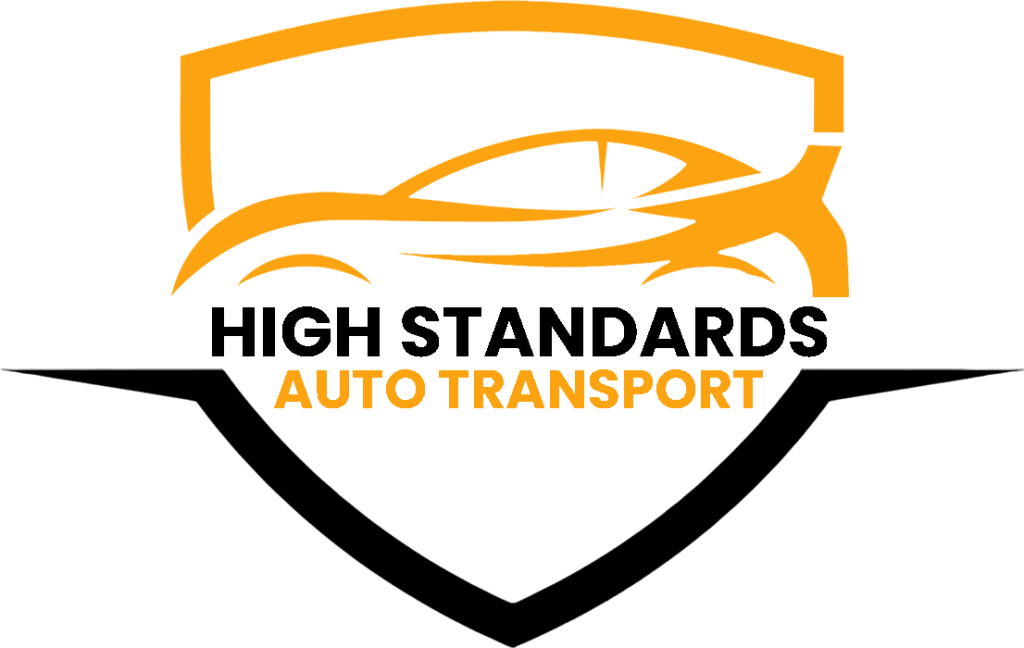When shipping a car, one of the first decisions you’ll face is choosing between open transport and enclosed transport. Both methods are safe and reliable, but the right choice depends on your vehicle type, budget, and personal preferences.
What Is Open Transport?
Open transport uses trailers that carry multiple vehicles exposed to the open air. It’s the most common and affordable method, accounting for nearly 90% of car shipments in the U.S.
Pros:
- Lower cost compared to enclosed.
- Faster availability since most carriers use open trailers.
- Ideal for standard cars, daily drivers, or used vehicles.
Cons:
- Exposed to weather, dust, and road debris.
- Less privacy and protection for high-value cars.
What Is Enclosed Transport?
Enclosed transport places your car inside a fully covered trailer, protecting it from all outside elements. This method is often used for classic cars, luxury vehicles, and rare models.
Pros:
- Maximum protection against weather, dirt, and damage.
- Added security and privacy.
- Specialized handling for high-end cars.
Cons:
- Higher cost (30–50% more than open transport).
- Fewer available carriers, which may mean longer wait times.
Which Option Should You Choose?
- Choose Open Transport if you’re shipping a standard vehicle and want the most cost-effective option.
- Choose Enclosed Transport if you own a luxury, exotic, or classic vehicle that requires extra care and protection.
Conclusion
Both open and enclosed transport are safe, but your decision should be based on the value of your car and your budget. For most everyday vehicles, open transport works perfectly, while enclosed is the best choice for high-value or collectible cars.

